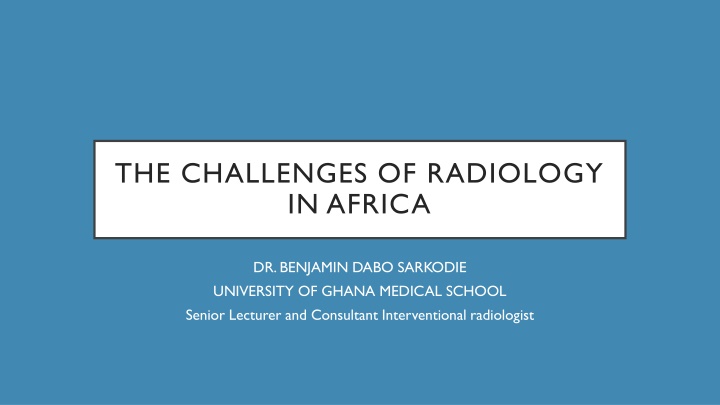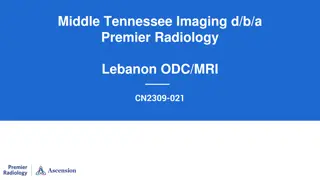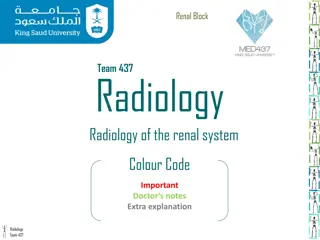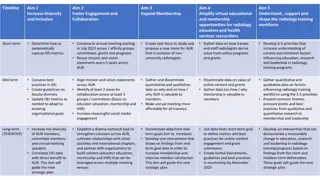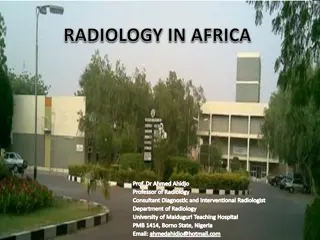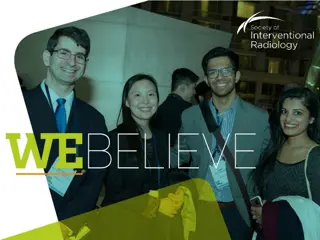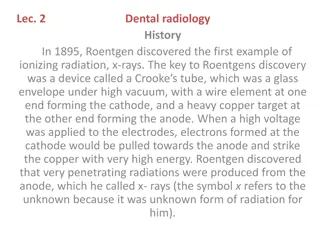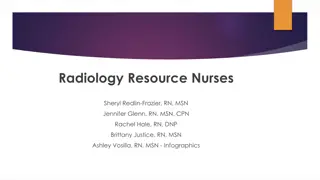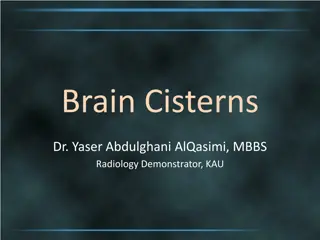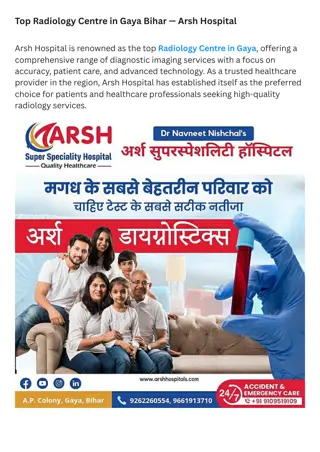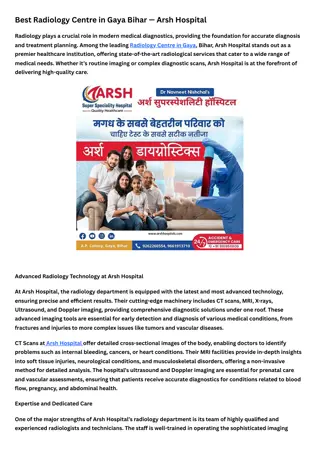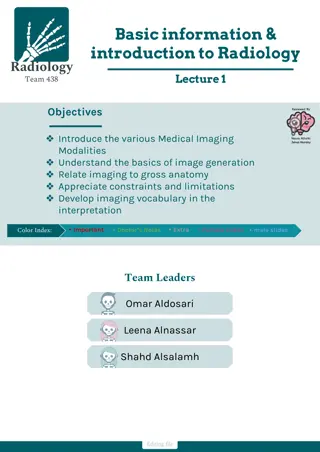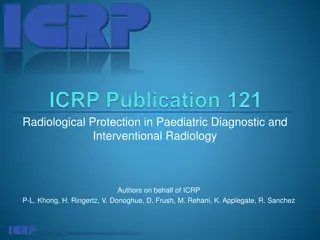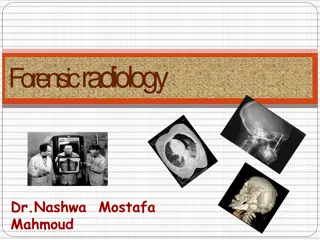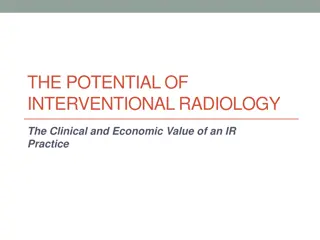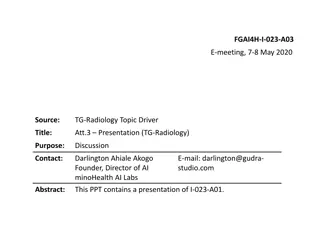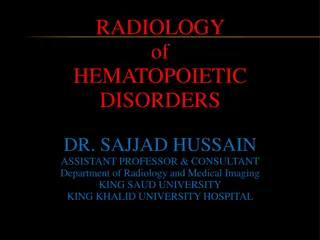Challenges of Radiology in Africa: Insights and Solutions
Radiology in Africa faces significant challenges including a shortage of imaging equipment, workforce deficits, and limited access to services. Addressing these obstacles is crucial for improving healthcare delivery and outcomes in the region.
Download Presentation

Please find below an Image/Link to download the presentation.
The content on the website is provided AS IS for your information and personal use only. It may not be sold, licensed, or shared on other websites without obtaining consent from the author.If you encounter any issues during the download, it is possible that the publisher has removed the file from their server.
You are allowed to download the files provided on this website for personal or commercial use, subject to the condition that they are used lawfully. All files are the property of their respective owners.
The content on the website is provided AS IS for your information and personal use only. It may not be sold, licensed, or shared on other websites without obtaining consent from the author.
E N D
Presentation Transcript
THE CHALLENGES OF RADIOLOGY IN AFRICA DR. BENJAMIN DABO SARKODIE UNIVERSITY OF GHANA MEDICAL SCHOOL Senior Lecturer and Consultant Interventional radiologist
DISCLOSURES CONSULTANT FOR MINOHEALTH AI LAB
OUTLINE RADIOLOGY BENEFITS OF A GOOD RADIOLOGY SYSTEM CHALLENGES IN AFRICA CONCLUSION/WAY FORWARD
RADIOLOGY Medical discipline that uses imaging technology to diagnose and treat diseases
WHY RADIOLOGY/IMAGING? Imaging is crucial for the management of various diseases and is a major factor in ensuring the continuum of care ranging from primary prevention, timely detection and diagnosis to treatment and post-therapy rehabilitation or palliative care. Imaging strongly contributes to establishing accurate and timely diagnosis, informs and guides treatment decisions and contributes to improving treatment outcomes.
PLANNING Imaging is used for accurate planning of radiotherapy procedures as well as for real-time visualisation of different image-guided interventions and is essential in tumour sampling for pathology work-up. Appropriate imaging is very important, especially in Africa where health-care resources are scarce Brownlee S. et al. Lancet.2017;390:156-168
HUGE SHORTAGE OF IMAGING EQUIPMENT For example, there is less than 1 CT scanner per million inhabitants in LMICs compared to almost 40 scanners per million inhabitants in high- income countries (HICs). The gap is even wider for MRI and nuclear medicine equipment. This shortage of equipment is accompanied by a shortage of Radiologist, radiographers, nurses etc Low GDP Competition for infrastructure- roads, schools, water etc R&D Hricak H. et al.Lancet Oncol.2021;
MASSIVE WORKFORCE SHORTAGE Huge workforce shortage affecting radiologists, radiographers and medical physicists (1.9 vs. 97.9 radiologists per million inhabitants in low and high- income countries respectively). High cost of training Long duration of training affecting subspecialty training Demand from Western countries Brownlee S. et al. Lancet.2017;390:156-168
THE LACK OF ACCESS Non-communicable diseases (NCDs) are growing in Africa. Imaging/Radiology services remain crucial for the diagnosis and treatment of these NCDs and also of many communicable diseases (e.g., TB, Covid-19). The lack of access makes it unlikely that the sustainable development goals (SDGs), including the universal health coverage concept (UHC), will be achieved by 2030/2035 unless current circumstances change Long travel to access radiology services World Health Organization. (2020)
CONCLUSION: There are major challenges facing Radiology in Africa Time to think out of the box solutions The need to better exploit the potential of artificial intelligence for imaging
